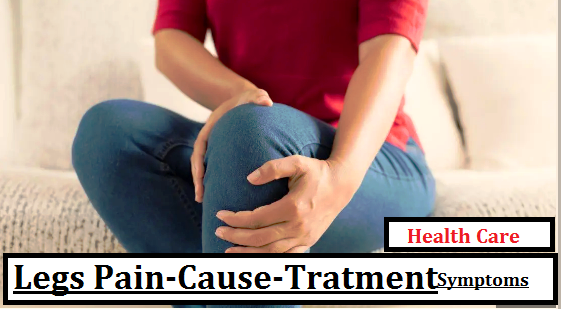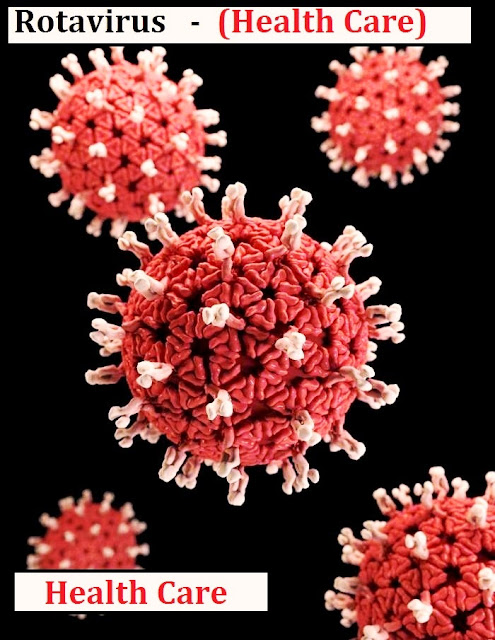Legs Pain ?-Cause-Symptoms-Diagnosis-Treatment.
Leg pain discomfort is a frequent issue that can range from minor and inconvenient to severe and incapacitating. It can impair your ability to stand or walk in more extreme instances.
Leg discomfort can have a variety of reasons, including blood vessel issues, muscle injuries, and more. Leg discomfort may occasionally result from spinal nerve issues.
Leg pain issues can sometimes improve on their own or with a change in lifestyle. However, it's critical to identify illnesses that call for medical attention, such as unexpected injuries that need immediate care.
Symptoms
Leg pain can come on gradually or suddenly, be chronic or intermittent, and affect one or both legs. When your legs are at rest or solely during specific activities, it could happen.
A single area of the leg may be painful, or the entire leg may be. Sensations might be acute or mild, hurting or stabbing, scorching or tingling, and they can also take many different forms. correct up arrow
Leg discomfort may be accompanied by other symptoms depending on the underlying ailment, such as the following:
· Muscle cramping or seizing
· Tenderness
· Stiffness
· Bruising or redness
· Swelling
· weakness in the muscles or buckled knees
· Having trouble walking
Causes
Numerous medical diseases, including the following, can cause leg discomfort.
· proper up arrow
· Joint pain Baker's cyst
· a bone cancer
· fractured bones
· Bursitis
· Chronic compartment syndrome due to overexertion
· Claudication
· Thoracic deep vein (DVT)
· Gout
· aches and pains
· Hamstring pain
· spinal disc herniation
· the condition Legg-Calvé-Perthes
· Ligament damage
· Paresthesia Meralgia
· muscle pain
· muscle ache
· the illness Osgood-Schlatter
· Osteomyelitis (bone infection) (bone infection)
· Coronary artery disease (PAD)
· Radicular neuropathy
· Sacroiliitis
· Sciatica
· A shin injury
· vertebral stenosis
Diagnosis
For a diagnosis and treatment, it's crucial to consult a doctor if your leg pain is severe or affects your everyday activities. Your doctor will do a physical examination and inquire about your symptoms.
Additionally, your physician could request imaging studies and several other exams, such as the ones listed below:
X-Ray With this test, pictures of dense structures like bones are produced.
Using a magnetic field and radio waves, magnetic resonance imaging (MRI) creates precise pictures of various bodily parts. When precise images of the ligaments and soft tissues around the joints of the legs or the back are required, they are frequently required.
Ultrasound This test employs sound waves to create pictures of the internal organs of your body and is effective in identifying diseases of the soft tissues, such as Achilles tendinitis.
CT scans using a computer A very accurate cross-section of the structures is produced by this test by combining many X-ray pictures. This test is quicker and frequently less expensive than an MRI, making it useful for more thorough body scans. CT scans employ a far lower radiation dose than MRIs.
Venography In order to perform this test, a dye must be injected into a vein in your leg. Blood clots are then identified using X-ray imaging.
In order to measure the electrical activity of muscles during an electromyography (EMG) test, a needle electrode is inserted into the muscle. This test can help identify damage to the nerves that supply the muscles.
Blood Tests Your doctor might want to check for signs of blood clotting, inflammation, nutritional deficiencies, immune system disorders, diabetes, cholesterol, and other conditions that could be the cause of your leg pain.
Leg
Pain Prognosis
The underlying condition determines how much your leg pain affects your life and how long it lasts.
Some types of leg pain may respond well to self-care techniques and not call for in-depth medical care, especially if they're brought on by a muscle strain or another less serious injury.
However, if your leg pain is the result of a more serious injury, or if there has been nerve or tissue damage, you might need further medical attention or surgery to get rid of it.
Leg
Pain Duration
Leg discomfort can be continuous or intermittent, coming and going with exercise or at seemingly random periods. Given the variety of health issues that can cause leg discomfort, there is no hard and fast rule for how long it should continue. However, if you can't walk a few steps without excruciating discomfort and the urge to sit down, you should seek medical attention right once.
Whether you can walk but your leg discomfort does not improve after a few days of home therapies and self-care, see your doctor to see if you have a problem that requires medical treatment.
Leg
Pain Treatment and Medication Options
Leg discomfort from small injuries usually responds nicely to home remedies and self-care. The following practises may aid in the resolution of pain and edoema following an accident.
· Rest as much as possible your leg(s).
· Three times a day, use an ice pack for 15 to 20 minutes.
· When sitting or lying down, elevate your leg.
· Use an over-the-counter pain reliever.
When
Should You See a Doctor?
If your leg discomfort worsens with walking, involves swelling, or does not improve after a few days of home therapy, you should consult a doctor.
If any of the following apply, you should visit a doctor right away:
· There are indications of infection (such as redness, warmth, or a fever)
· Your bloated, pallid, or strangely chilled leg
· You get calf discomfort after sitting for an extended amount of time. You have swelling in both legs as well as breathing difficulties.
· Any severe discomfort arrives unexpectedly.
· While leg discomfort is seldom a medical emergency, you should seek immediate medical assistance
if you have any of the following symptoms:
· You can't walk or stand up.
· You experience calf discomfort, edoema, redness, or warmth.
· You've suffered a sever injury with a deep incision or exposed tissue.
· When you hurt your leg, you heard a snap or a grinding sound.
Medication
Alternatives
Acetaminophen and nonsteroidal anti-inflammatory drugs (NSAIDs) such as aspirin or ibuprofen are common over-the-counter treatments for relieving leg discomfort.
Depending on the cause of your leg discomfort, your doctor may prescribe various medications to assist reduce pain or inflammation if over-the-counter medications are ineffective.
Your doctor may also give anti-seizure or antidepressant medications to help relieve pain caused by neuropathy, as well as a topical therapy comprising capsaicin (a chemical found in spicy peppers) or lidocaine, a numbing agent.
Meer-Shafi






